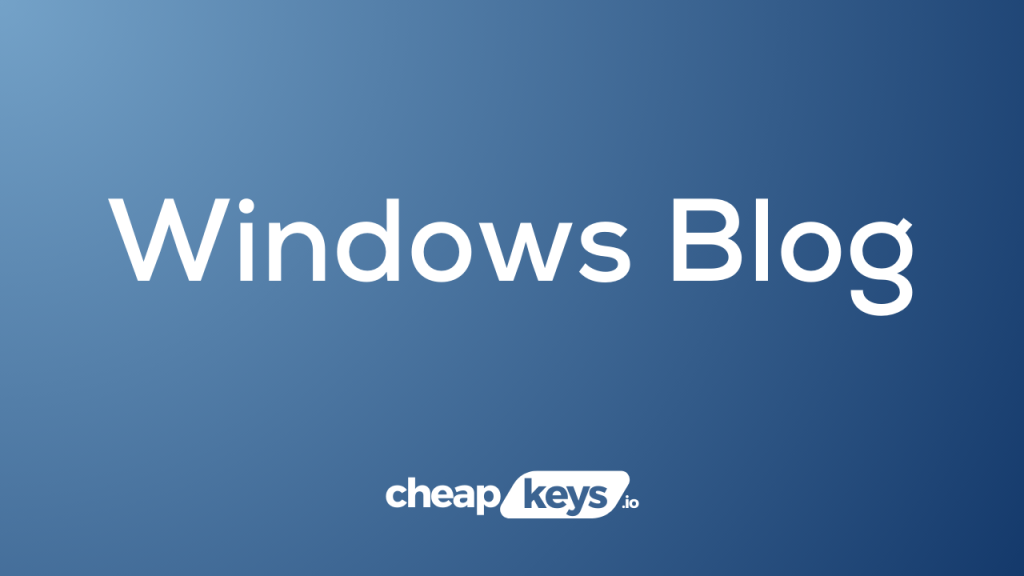After installing Windows 10 updates, some users may notice a frustrating decline in their system’s performance. From slower boot times to unresponsive applications, these issues can significantly impact productivity and user experience. It is crucial to address these slowdowns promptly and effectively. In this guide, we will delve into the common causes of Windows 10 slowdowns after updates and provide practical troubleshooting steps to help you resolve these issues and restore your system’s speed and efficiency.
Windows 10 updates are meant to improve the overall performance and security of your system. However, sometimes these updates can inadvertently cause performance issues due to various factors such as driver conflicts, software compatibility problems, or system errors. This guide aims to assist you in troubleshooting and resolving these slowdowns after Windows 10 updates. By following our comprehensive troubleshooting tips and techniques, you can identify the underlying causes behind the slowdowns and implement the right solutions to regain optimal system performance. Get ready to overcome Windows 10 slowdowns and ensure a smooth and efficient computing experience.
Step 1: Check for System Requirements:
- Press the Windows key + I to open the Settings app.
- Go to “System” and select “About.”
- Check if your system meets the minimum requirements for the updated version of Windows 10.
- Upgrade your hardware if necessary to ensure optimal performance.
Step 2: Update Device Drivers:
- Press the Windows key + X and select “Device Manager.”
- Expand the categories and right-click on each device.
- Click on “Update driver” and choose to search automatically for updated drivers.
- Repeat the process for all devices listed in Device Manager.
Step 3: Disable Visual Effects:
- Press the Windows key + X and select “System.”
- Go to “Advanced system settings” and click on “Settings” under the Performance section.
- In the Performance Options window, select the “Adjust for best performance” option or manually disable specific visual effects for better performance.
Step 4: Optimize Startup Programs:
- Press the Windows key + X and select “Task Manager.”
- Go to the “Startup” tab and disable unnecessary programs from starting automatically.
- Restart your computer to apply the changes.
Step 5: Clean Disk Space:
- Press the Windows key + I to open the Settings app.
- Go to “System” and select “Storage.”
- Click on “Temporary files” and check the boxes for the types of files you want to clean.
- Click “Remove files” and wait for the cleaning process to finish.
Step 6: Run System Maintenance Troubleshooter:
- Press the Windows key + I to open the Settings app.
- Go to “System” and select “Troubleshoot.”
- Select “Additional troubleshooters” and run the “System Maintenance” troubleshooter.
- Follow the on-screen instructions and let the troubleshooter fix any detected issues.
Step 7: Reset Windows Update Components:
- Press the Windows key + X and select “Command Prompt (Admin)” or “Windows PowerShell (Admin).”
- Type the following commands one by one and press Enter after each:
- net stop wuauserv
- net stop cryptSvc
- net stop bits
- net stop msiserver
- Type “ren C:\Windows\SoftwareDistribution SoftwareDistribution.old” and press Enter.
- Type “ren C:\Windows\System32\catroot2 catroot2.old” and press Enter.
- Type the following commands to restart the services:
- net start wuauserv
- net start cryptSvc
- net start bits
- net start msiserver
- Close the Command Prompt and restart your computer.
Conclusion:
By following these step-by-step instructions, you can effectively troubleshoot and fix Windows 10 slowdowns after updates. Checking system requirements, updating device drivers, optimizing startup programs, cleaning disk space, running system maintenance troubleshooter, and resetting Windows update components should help resolve the issue and restore your system’s performance. Say goodbye to sluggishness and enjoy the full potential of your Windows 10 computer once more.
Unlock the full potential of your device with a cheap Windows 10 keys available for purchase on our website.


